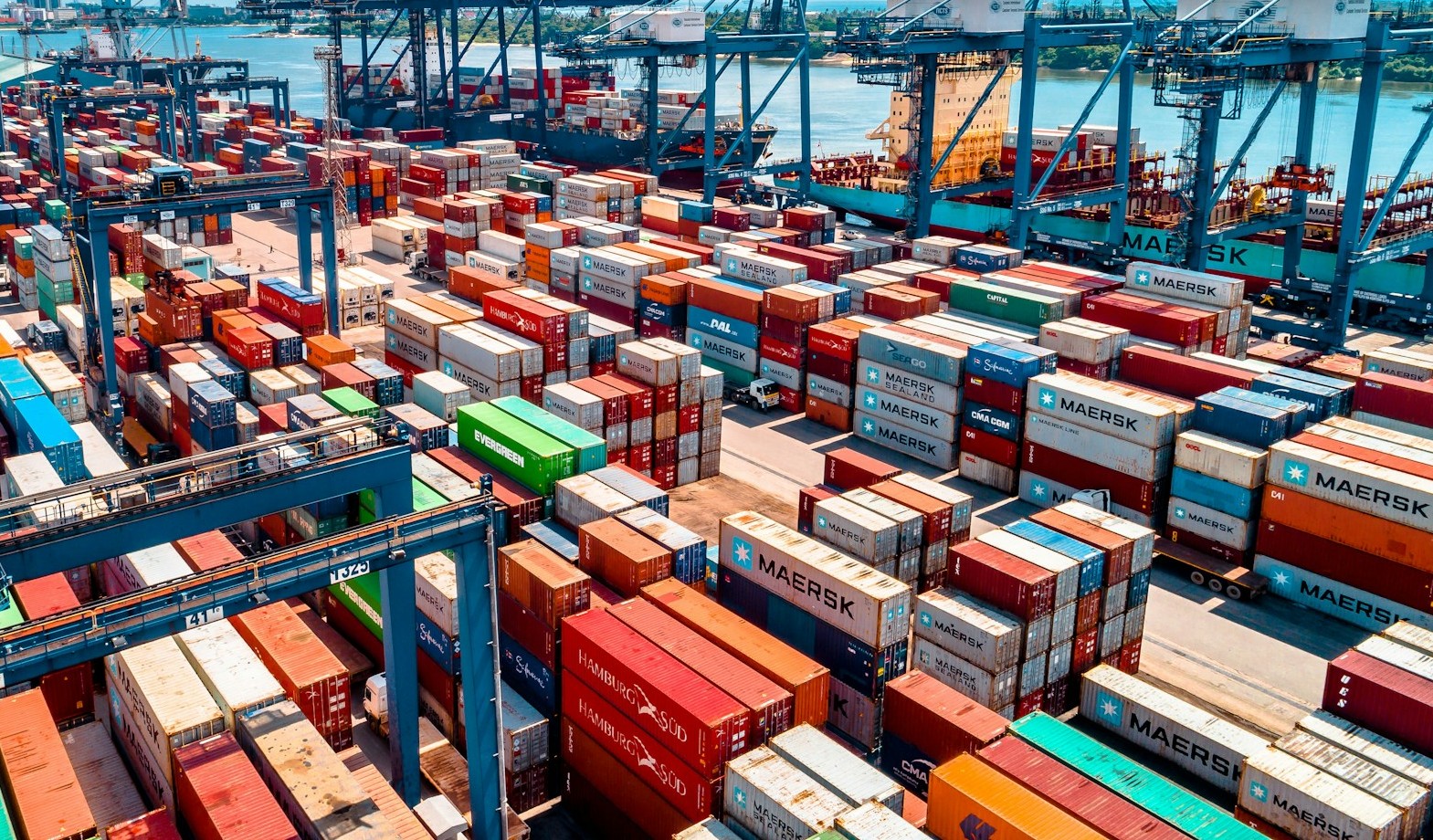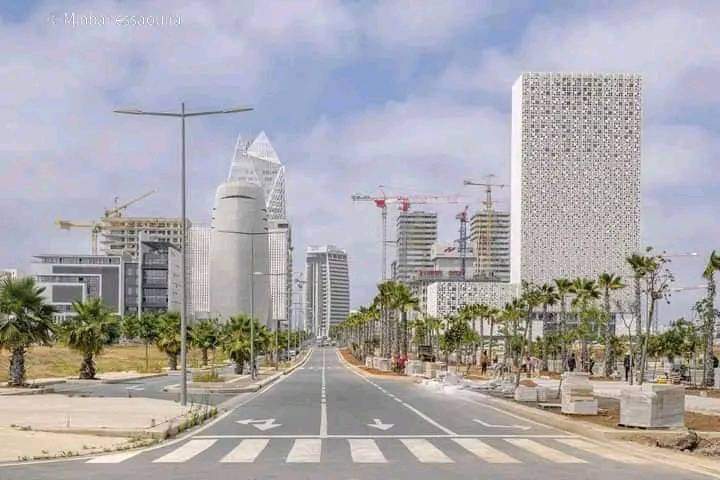Casablanca – Morocco’s public finances came under renewed pressure in 2025, as the national budget deficit widened significantly to $5.7 billion by the end of October, up from $4.18 billion a year earlier, according to the latest data from the General Treasury of the Kingdom and the Ministry of Economy and Finance. The figures highlight a sustained imbalance between revenue growth and rising spending, reflecting the structural fiscal challenges facing the Moroccan economy.
The Treasury’s monthly report on public finance showed that the widening deficit occurred despite solid revenue performance, as the government continued to face strong upward pressure on ordinary and investment expenditures. The deficit figure takes into account a positive balance of $1.14 billion generated by special treasury accounts and autonomously managed public entities.
Growth in revenues driven by tax performance
Total gross ordinary revenues rose by 16.4%, reaching $35.05 billion at the end of September 2025. This growth was largely driven by strong tax collections, which benefited from Morocco’s improving economic activity and enhanced tax administration.
Direct taxes registered an increase of 23.7%, supported by improved income tax and corporate tax receipts. Indirect taxes, including value-added tax and excise duties, rose by 11.5%, while customs duties increased by 4.8%, reflecting a gradual recovery in imports despite a slowdown in global trade. Non-tax revenues also climbed by 16.2%, boosted by higher dividends from public enterprises and various administrative fees.
The report showed that by the end of October, the execution rate for ordinary revenues had reached 92.6% of projections under the 2025 Finance Law, reflecting generally sound revenue collection.
Expenditures outpace revenue growth
However, the increase in revenues was outstripped by faster growth in expenditures, which expanded by 12.2% to reach $47.63 billion. Ordinary spending alone grew by 17.3%, reaching $32.47 billion, driven by higher personnel costs, service-related expenditures, and rising debt interest payments.
Spending on wages and compensation rose sharply, reflecting the implementation of salary adjustments and ongoing recruitment in education and health sectors. The cost of goods and services increased by approximately $2.55 billion, while interest payments on public debt rose by 13.3% to reach $4.16 billion, largely due to higher domestic borrowing costs.
In contrast, subsidy spending continued to decline, falling by about $464 million as the government reduced support for butane gas, sugar, and soft wheat flour, and ended temporary fuel compensation for transport professionals. Nonetheless, the savings achieved through reduced subsidies only partially offset the impact of higher spending elsewhere in the budget.
Investment and debt developments
Investment expenditures totaled $6.27 billion, marking an increase of $361 million compared with the same period in 2024. The execution rate for investment spending stood at 71.2%, indicating a relatively steady pace of project implementation despite tighter fiscal conditions.
Debt servicing costs remained an area of concern. While principal repayments fell by 10.4% to $5.7 billion, the rise in interest payments added to the fiscal burden, reflecting the increasing cost of financing on the domestic market. The Treasury reported that budgeted debt charges decreased overall by 1.7%, but the shift toward higher interest payments underscores the strain of maintaining debt sustainability.
Special accounts and institutional finances
The special treasury accounts recorded revenues of $17.75 billion and expenditures of $16.73 billion, producing a positive balance of $1.02 billion. These accounts included $2.55 billion in transfers from the general budget’s investment allocations.
Meanwhile, autonomously managed public institutions generated $274 million in revenues, an increase of 20.6%, and $146 million in expenditures, up 7.3% year-on-year. Their positive balance contributed modestly to the overall fiscal position but could not offset the wider pressures from ordinary and investment spending.
Fiscal pressures and structural challenges
Despite these solid revenue gains, experts warn that Morocco’s budget deficit now reflects a deeper, structural imbalance rather than a temporary fluctuation. The deficit expanded from $3.4 billion in mid-2023 to $4.15 billion in 2024, and further to $5.7 billion in 2025, the highest level in recent years.
Analysts point to three main factors driving this trend: the rising public wage bill, the increased cost of debt servicing, and the persistent expansion of ordinary expenditures. Together, these have limited the government’s fiscal flexibility and placed greater reliance on domestic borrowing to finance public spending.
While Morocco’s tax revenue performance remains strong, the challenge lies in ensuring that spending growth is better aligned with fiscal sustainability objectives. Experts caution that if this trajectory continues, it could affect public investment capacity, raise financing costs, and impact Morocco’s credit rating and the confidence of international financial institutions.
Maintaining stability through fiscal discipline
The Treasury’s report emphasizes the need for tighter expenditure control, efficient management of commitments and payments, and discipline in debt management to preserve fiscal stability. Turning Morocco’s revenue growth into a durable reduction of the deficit will require continued reform efforts, including spending rationalization, debt optimization, and better coordination between treasury operations and investment planning.
Morocco’s budgetary outlook for 2025 reflects a complex balance: robust revenue growth on one hand, and escalating expenditure pressures on the other. The ability of fiscal authorities to contain spending and improve efficiency will be crucial in determining whether the country can reverse the upward trend in its deficit and maintain confidence in its financial trajectory.















